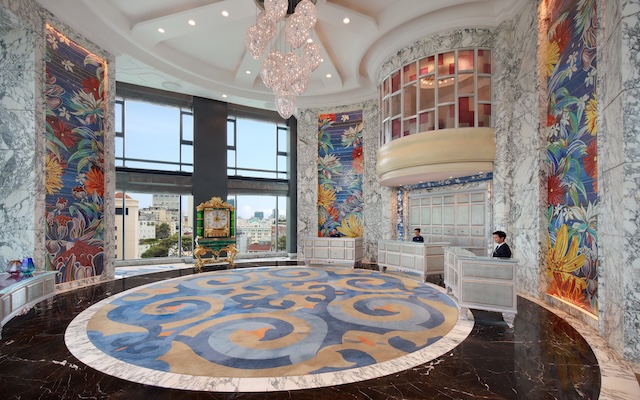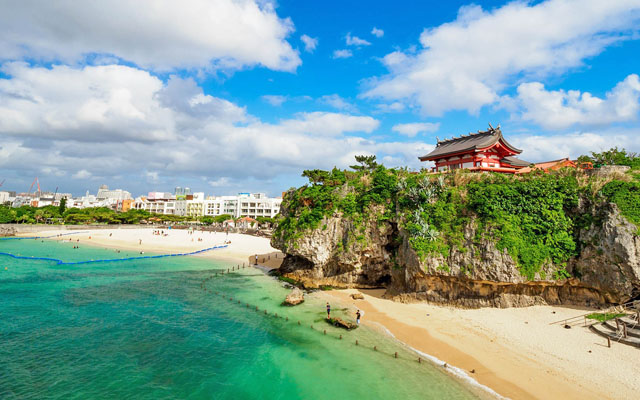The Indonesian Travel Agents Association (ASTINDO) celebrated its 25th anniversary last year. As president Pauline Suharno looks back on the association’s key achievements, she shares with Mimi Hudoyo how it has been supporting the growth of local members, and its future plans
What were ASTINDO’s major achievements over the past 25 years?
A significant achievement, I must say, is the growth and long existence of our ASTINDO Travel Fair. The event, launched 15 years ago as an annual event in Jakarta, is now held twice a year and has expanded to other major cities such as Bandung, Surabaya, Bali, and Medan.

Initially focused on ticketing and outbound travel, ASTINDO’s coverage now includes support for domestic and inbound travel. On the domestic front, we were entrusted by the Coordinating Ministry of Maritime Affairs and Investment, and the Ministry of Tourism and Creative Economy (under the former Joko Widodo administration) to organise the Di Indonesia Aja (Stay in Indonesia) Travel Fair from 2023. This initiative is meant to boost the promotion of domestic tourism, and we have so far seen six successful fairs in Jakarta, Surabaya, Makassar, and Medan, thanks to initial support from banks and now the Indonesia Deposit Insurance Corporation.
To support our inbound operator members, we facilitate their participation in events like last year’s Wonderful Indonesia Tourism Fair, where we provided a pavilion for them to showcase their products. We have also begun to subsidise participation at ITB Berlin for members from secondary destinations.
Major travel companies are concentrated in major cities. How can those in secondary cities gain a larger market share?
Several regional and international airlines have expanded services to secondary cities. Airlines like Singapore Airlines, Malaysia Airlines, and AirAsia have conducted sales missions in these areas, creating an opportunity for local travel businesses to develop their local markets.
For example, although mature Jakarta travellers rarely purchase basic Hong Kong packages, such packages are still required by customers (in secondary cities). This highlights the potential for market development in these regions.
How does ASTINDO support the growth of its local members?
With 28 provincial chapters, we aim to level up the capabilities and resources of members in secondary destinations to match those in major cities such as Jakarta, Surabaya, and Bali, particularly in terms of human capital.
For example, many local agents struggle with creating tour packages, even basic itineraries. We address this through roadshows and training programmes. These training sessions – open to both ASTINDO and non-ASTINDO members – have been conducted in various destinations since before the pandemic, in collaboration with regional governments and tourism stakeholders. We also partner with tourism schools, where we invite students to participate, introducing them to ASTINDO and the travel industry as part of our efforts to attract the younger generation to join the industry.
Our training covers areas such as digital marketing, sales, ticketing, and creating quotations; as well as tailoring content to local needs.
We also recognise the potential of agents who have sizeable corporate business but who are non-IATA members. Such members are not on the radar of NTOs when they organise fam trips. NTOs would typically prioritise top airline agents and OTAs that do not sell tour programmes.
We encourage NTOs to organise and host fam trips for such agents; and to ensure they will promote and sell the destination they have visited, the agents must invest in their own tickets.
Many associations struggle with funding. How has ASTINDO managed to not only operate a secretariat but also support member development?
Initially, the ASTINDO Travel Fairs and membership fees were our primary sources of income. However, with the expansion of our programmes, we diversified by collaborating with NTOs that organise sales missions and promotions in Indonesia. Our ASTINDO Convex manages its own events, which include table-top sessions and seminars.
This creates a mutually beneficial relationship. NTOs leverage our extensive database of travel companies, and we receive management fees. We curate buyer lists based on NTO sales mission targets, including leisure, business events, and corporate markets. These NTO events are also open to qualified non-members.
ASTINDO is active in regional and international associations like FATA, ASEANTA, World Tourism Alliance, and World Travel Agents Associations Alliance. How do members benefit?
Members benefit indirectly by gaining credibility through our association with these organisations. However, the impact extends beyond our members to the country as a whole. We actively participate in these associations’ programmes and proactively seek opportunities to host events in Indonesia, which in turn benefits not only members but also the tourism industry in general.
What are ASTINDO’s future targets?
My main challenge is maintaining our achievements. With increasing numbers of travel fairs and growing competition from other associations, it’s crucial to establish a solid regeneration system to ensure a smooth transition and the long-term sustainability of what we’ve built over the past 25 years.

















